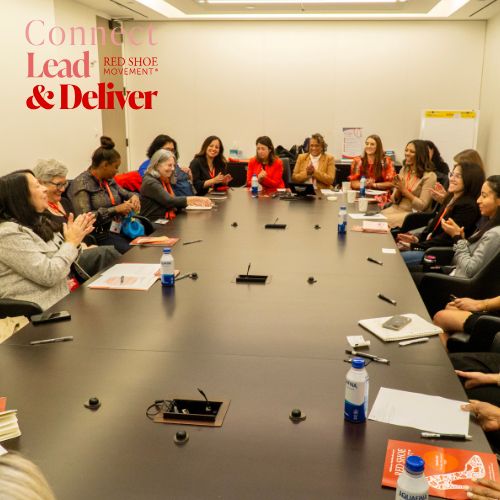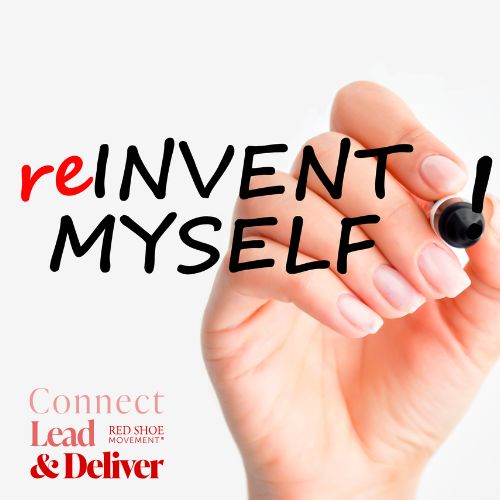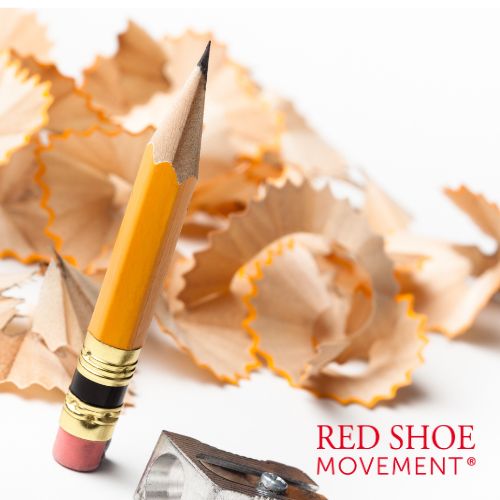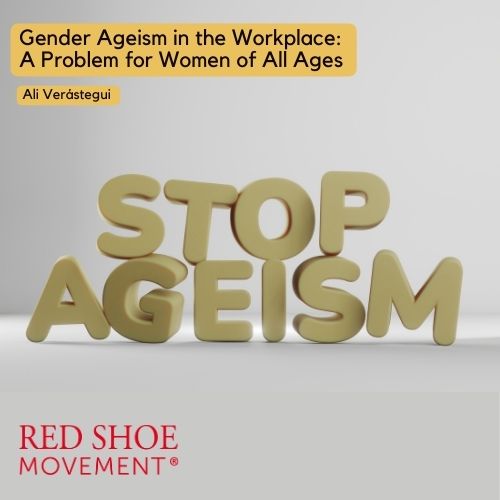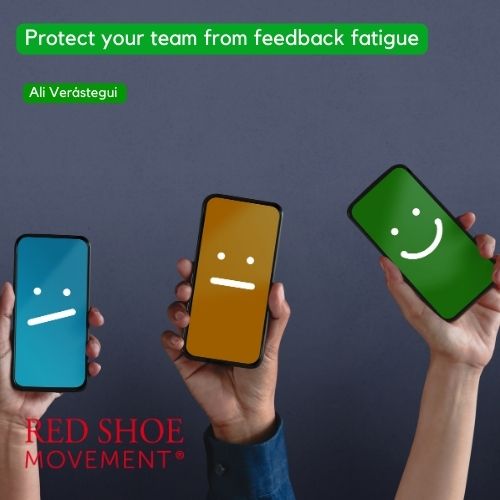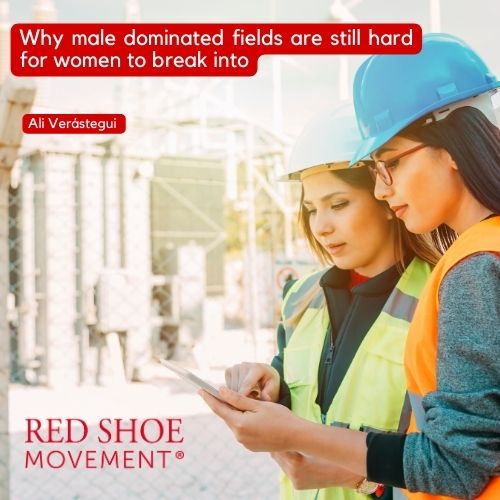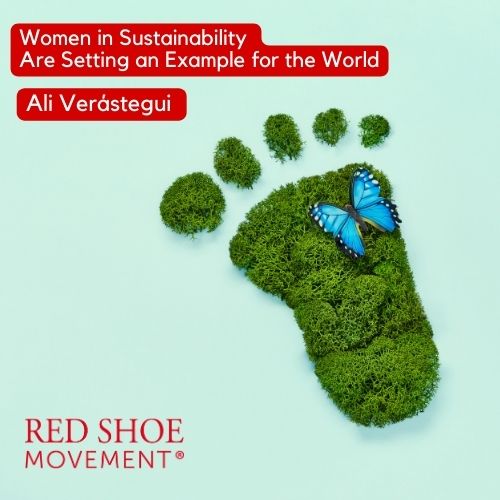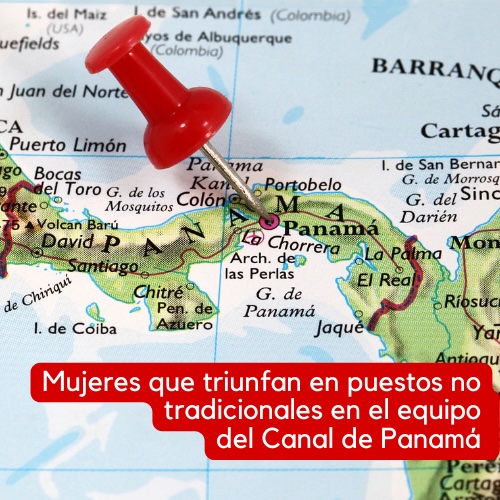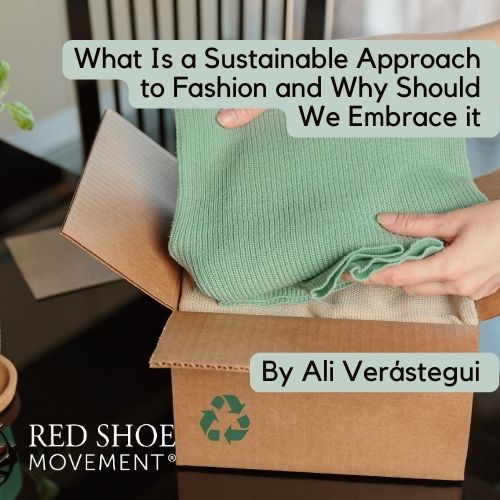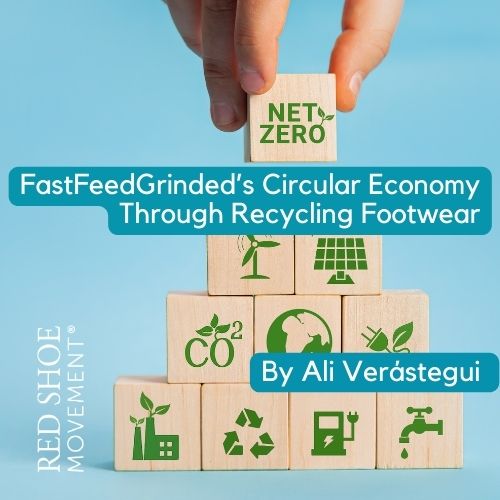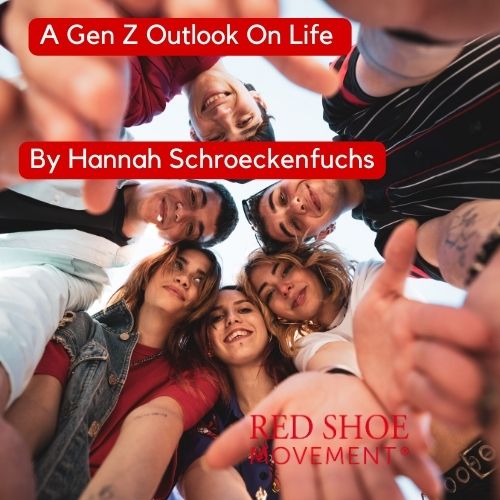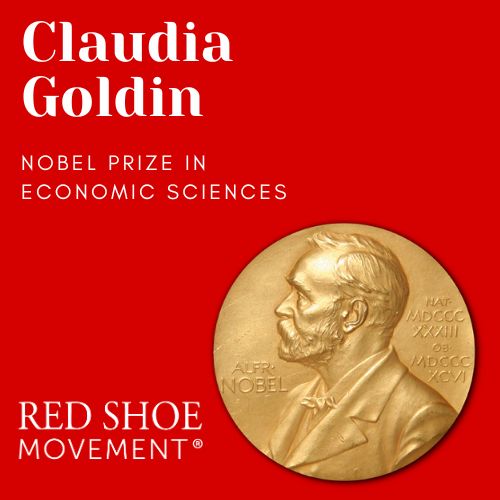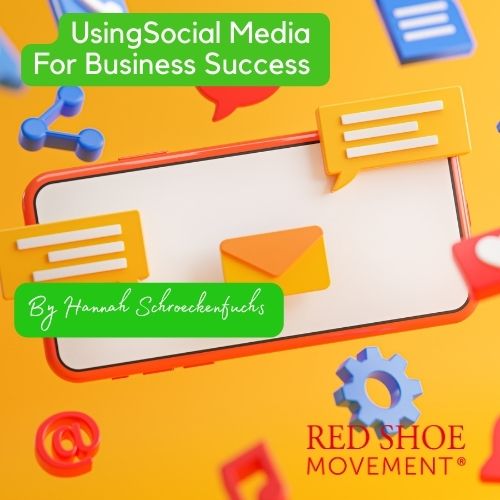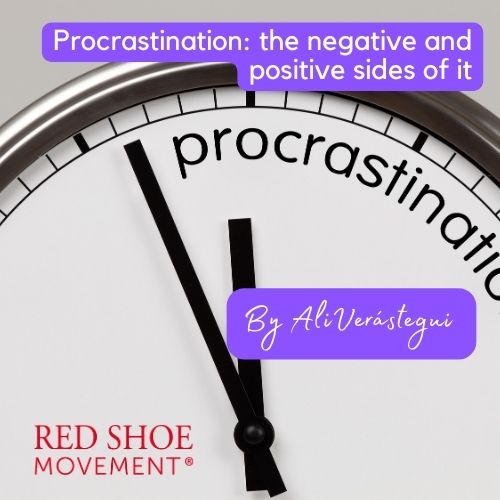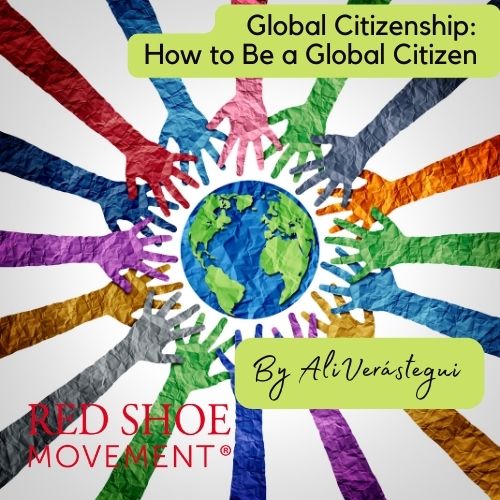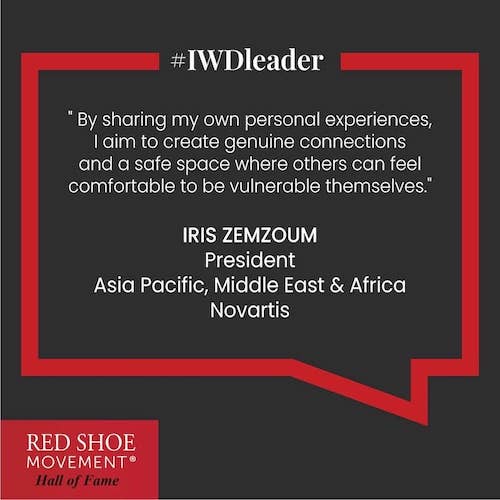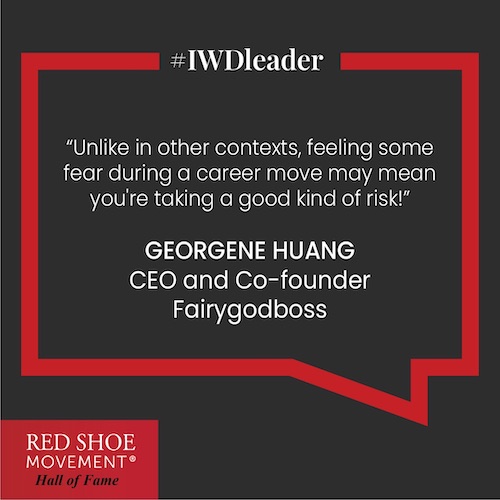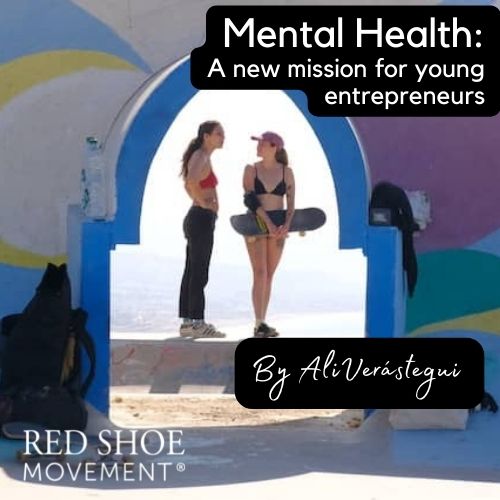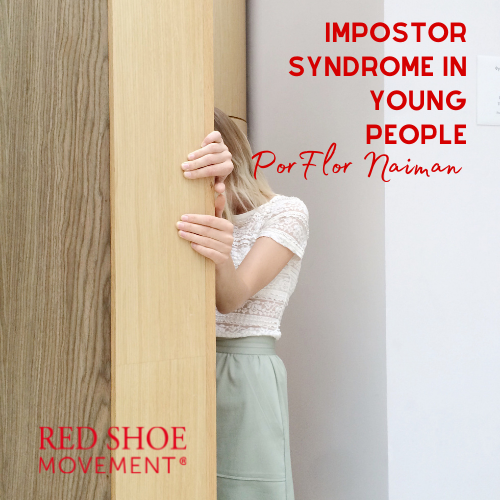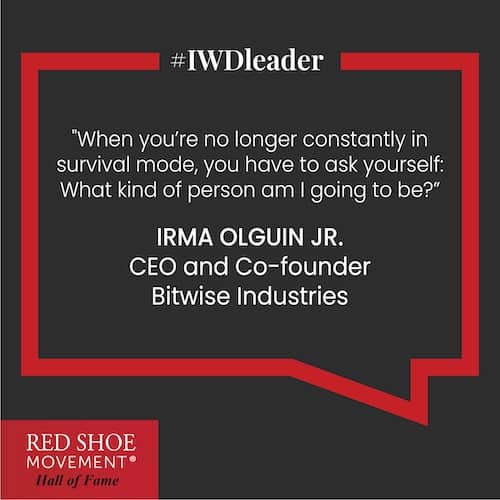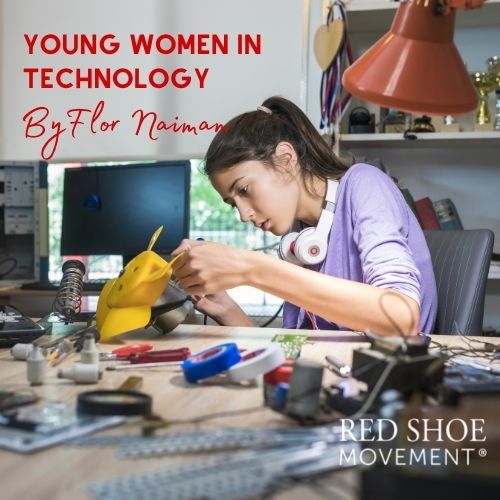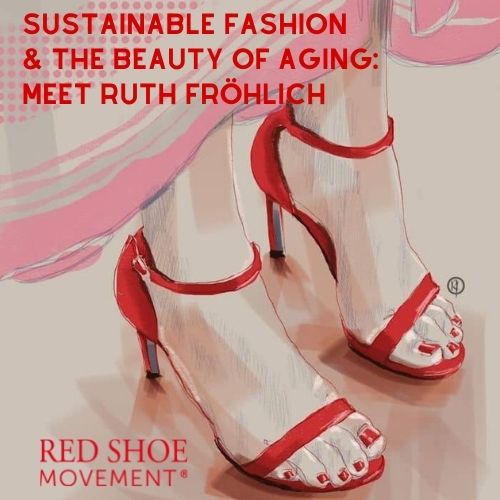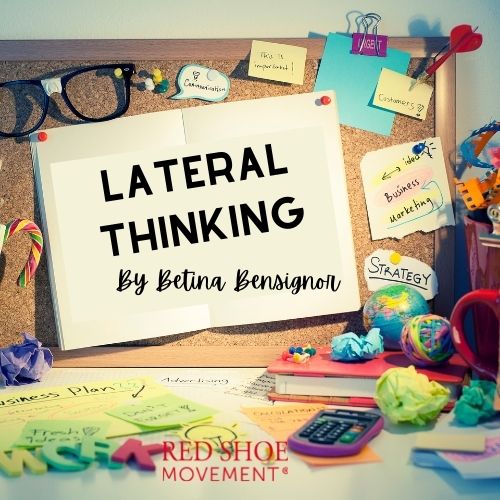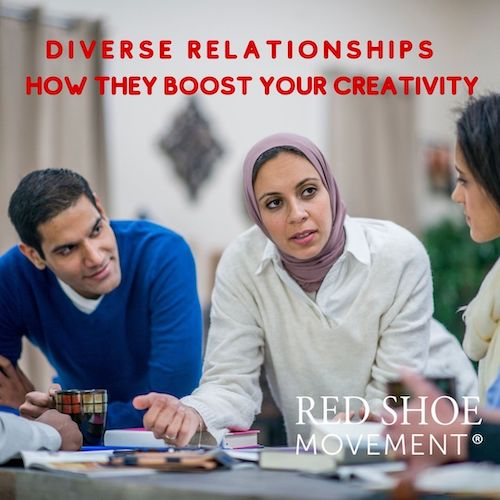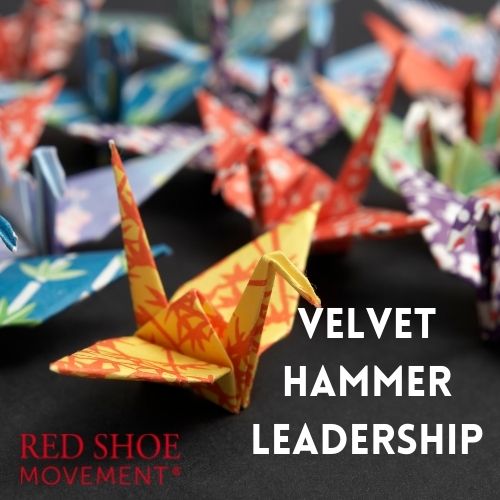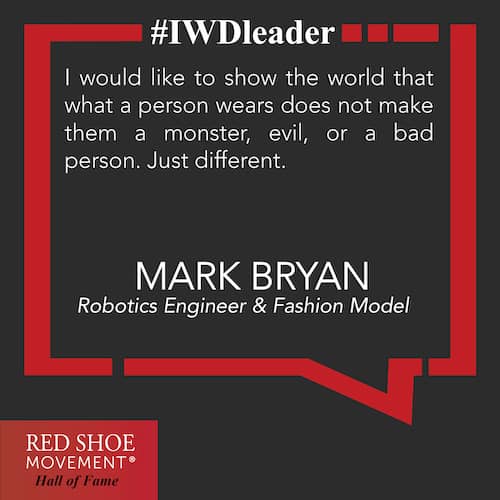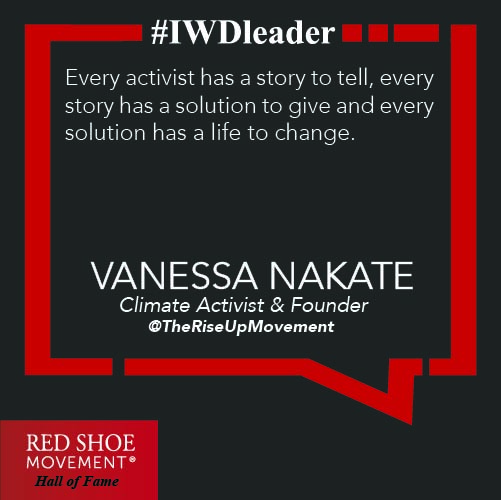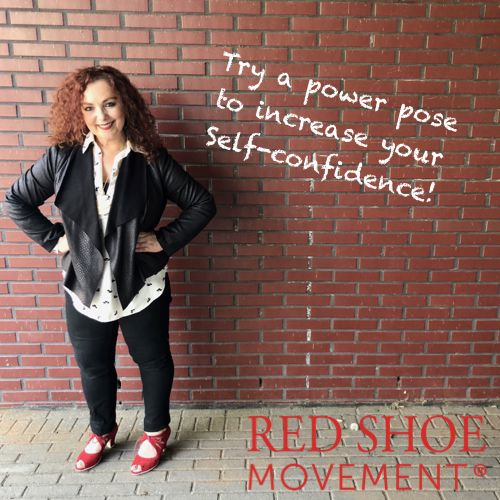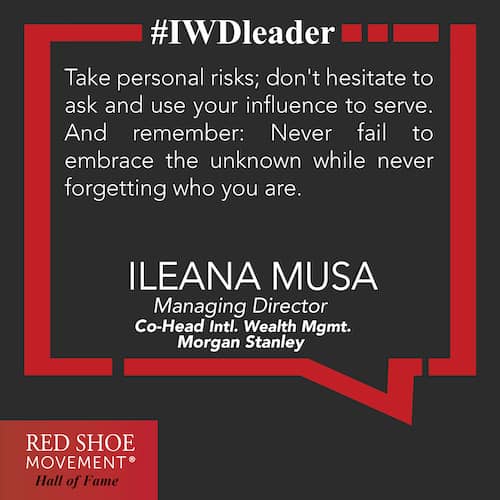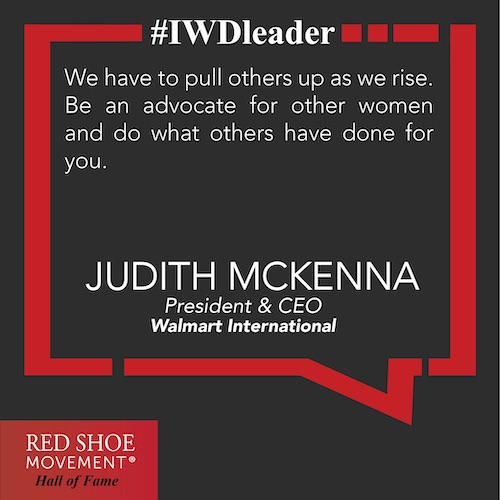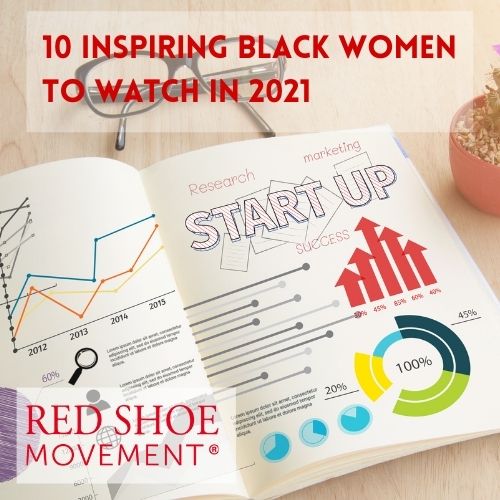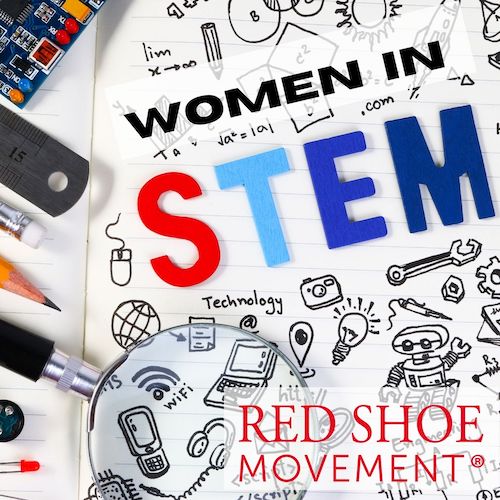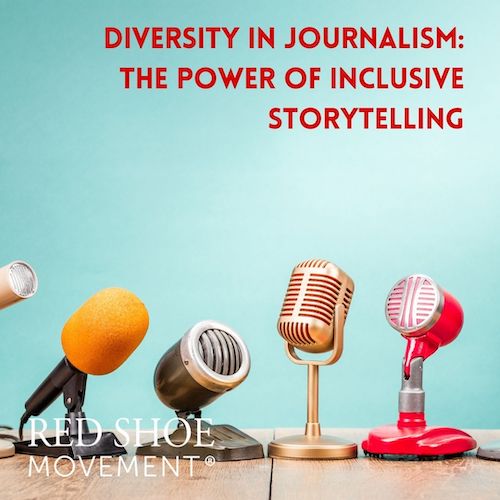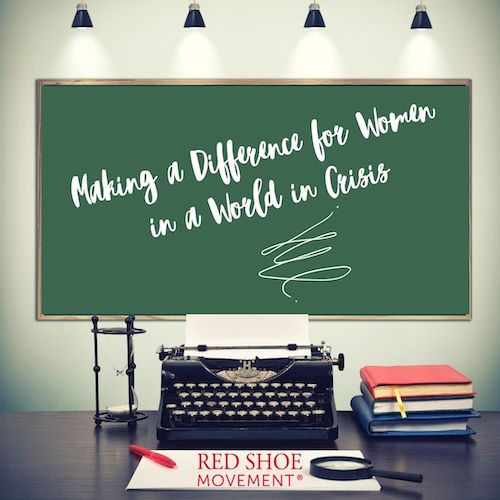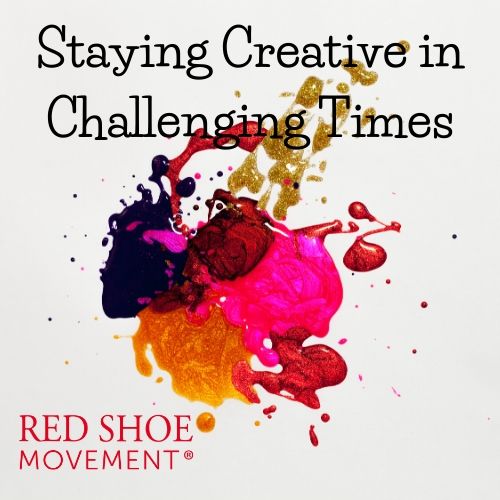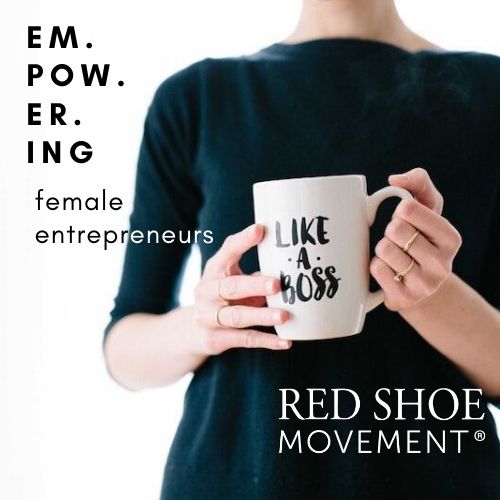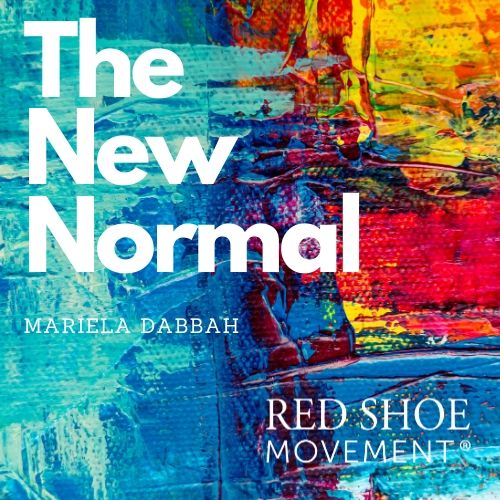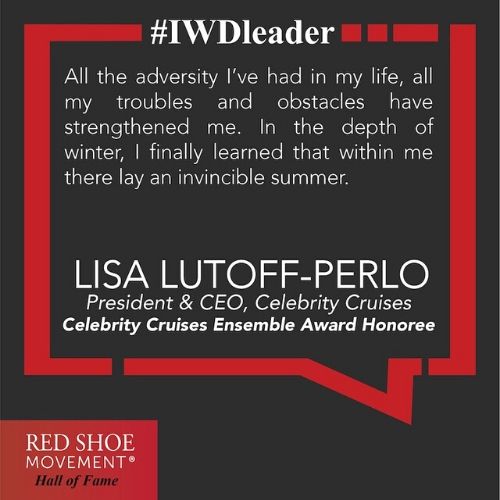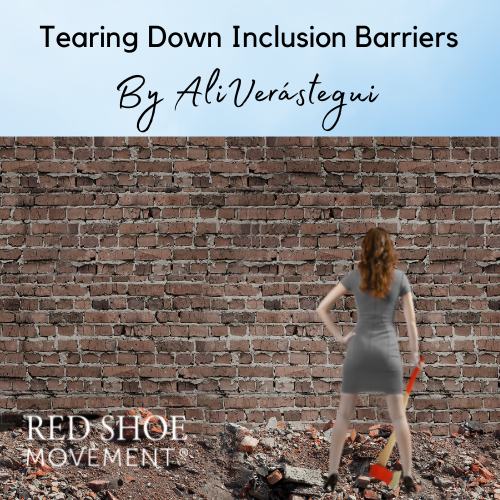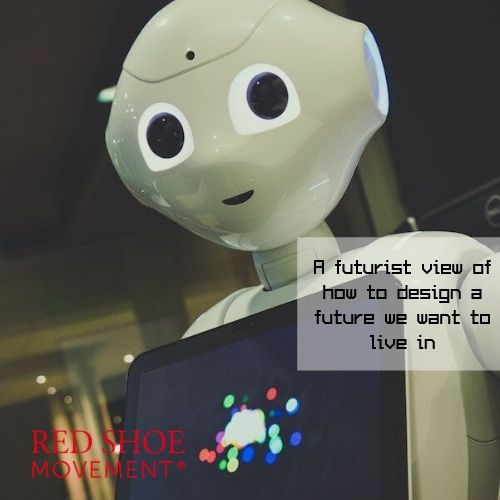In an era where environmental concerns are at the forefront of global discourse, various sectors are stepping up with innovative solutions to combat climate change and reduce human’s environmental footprint. From manufacturing and fashion to art and energy, numerous initiatives are redefining practices to prioritize sustainability. This post highlights some of these trailblazers who are making significant strides in creating a more sustainable future.

Sustainable Fashion Designers
Stella McCartney
A pioneer in sustainable fashion, Stella McCartney has consistently advocated for eco-friendly practices in the industry. Her brand emphasizes the use of organic materials, avoidance of animal products, and implementation of innovative technologies to reduce environmental impact. McCartney’s commitment to sustainability has set a benchmark for luxury fashion brands worldwide.
A sustainable approach to fashion
Girlfriend Collective
Girlfriend Collective is an athleisure brand that creates leggings and activewear from recycled plastic bottles. Their commitment to transparency and sustainability is evident in their production processes, which prioritize ethical manufacturing and eco-friendly materials. By turning waste into fashionable, functional clothing, they offer consumers a sustainable alternative in the activewear market.
Sashiko Gals
In the wake of the 2011 Tōhoku earthquake, a group of 15 Japanese women, aged between 40 and 80, came together to form the Sashiko Gals. Based in Otsuchi, Iwate Prefecture, this collective employs the traditional art of sashiko—an intricate form of hand-stitching—to breathe new life into existing garments and accessories, particularly sneakers. Their meticulous craftsmanship transforms mass-produced footwear from brands like New Balance and Nike into unique, hand-stitched masterpieces, seamlessly blending heritage techniques with contemporary fashion. By upcycling and customizing these items, the Sashiko Gals not only preserve a centuries-old Japanese art form but also promote sustainability, offering a poignant counter-narrative to the fast fashion industry. Their work exemplifies how cultural heritage and environmental consciousness can intersect to create timeless, meaningful fashion pieces.
Sustainable fashion and the beauty of aging

Art from Recycled and Natural Materials
Rosaria Corcione
Rosaria Corcione’s project, Human Tissues, was born from a desire to reclaim and transform disposable food packaging waste into works of art. Her goal is to give these discarded materials a new life, challenging their ephemeral nature by turning them into durable, meaningful pieces that transcend their original purpose. In this process, Corcione envisions these materials as metaphors for the human body—spaces where waste, whether through oceans or food consumption, too often finds its final destination. Through her art, she creates a connection between the fragility of our bodies and the resilience we can instill in the materials we produce, inviting reflection on the use, abuse, and care of both our environment and ourselves.

Alyssa Jos
In the bustling streets of Paris, where thousands of tons of dead leaves are collected annually, artist Alyssa Jos sees not waste but opportunity. Specializing in plant-based art, she gathers these fallen leaves to craft intricate, high-end artworks that pay homage to nature and challenge traditional perceptions of urban debris.
Through her innovative approach, Alyssa Jos exemplifies how artists can contribute to environmental sustainability by reimagining discarded natural elements as mediums for creative expression.
Micaela Rish
Designer Micaela Rish focuses on creating wearable art using sustainable practices. She collaborates with Natural Earth Paint, utilizing natural earth and mineral pigments to craft eco-friendly art supplies. Rish’s commitment to sustainability is evident in her efforts to make art that is both beautiful and environmentally conscious.
Clean Energy Initiatives

Eco Wave Power
Eco Wave Power is revolutionizing renewable energy by capturing the power of ocean and sea waves to generate electricity. Their innovative technology involves floaters attached to existing marine structures, such as piers and breakwaters, which rise and fall with the movement of waves. This motion drives hydraulic pistons that convert wave energy into clean electricity. Unlike traditional offshore wind or tidal energy, Eco Wave Power’s system is cost-effective, scalable, and minimizes environmental disruption. With operational projects in places like Gibraltar and a planned expansion into the U.S. and other regions, the company is proving that wave energy can be a reliable, untapped source of sustainable power.
Altilium
Altilium is a UK-based startup that has achieved significant advancements in recycling materials from electric vehicle (EV) batteries. Their process recovers valuable components, such as lithium and nickel, which are then used to produce new battery cells. This method not only reduces the need for new raw materials but also cuts down on CO2 emissions associated with battery production.
Environmentally Conscious Construction
BlueOak Resources
BlueOak Resources addresses the challenge of electronic waste by extracting rare earth metals from discarded electronics. These reclaimed materials are essential for manufacturing new low-carbon energy technologies. By focusing on urban mining, BlueOak reduces reliance on traditional mining, which often has significant environmental impacts.
HyProMag
HyProMag, founded by researchers in Birmingham, specializes in recycling rare earth magnets from electronic waste. Their innovative process involves extracting magnets from old hard-disk drives, providing a sustainable source of these critical materials. This approach not only reduces electronic waste but also lessens dependence on environmentally damaging mining practices.
Gablok
Gablok offers a revolutionary insulated timber-frame construction method. Aiming to simplify construction and offer a simple, high-performance, and flat-pack timber house system, Gabriel Lakatos filed his patent in 2018. A fan of interlocking building block toys from an early age, and involved in traditional construction for 25 years, he came up with the design for stacked insulated wooden blocks. After many months of research and testing, the self-build house system has been validated by stability, acoustic, and energy performance consultants.
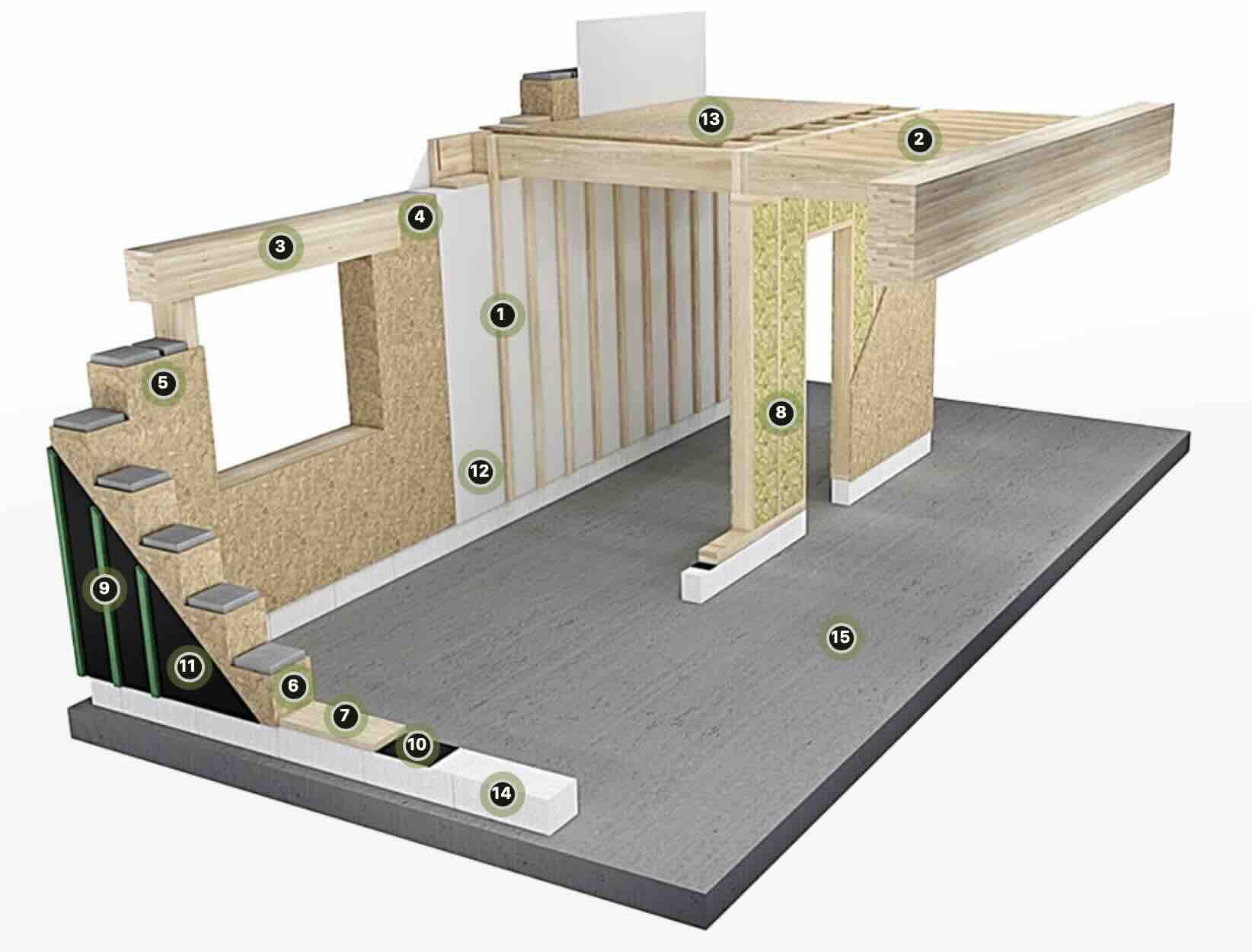
Women in Sustainability Are Making a Difference
Manufacturing with Recycled Materials
Dell Technologies
Dell has been a leader in incorporating recycled materials into its products. The company has implemented a closed-loop recycling process, using plastics from old electronics to manufacture new components. This initiative not only reduces waste but also minimizes the need for virgin materials, thereby decreasing the environmental footprint of their products.

The Good Plastic Company
Specializing in sustainable surface materials, The Good Plastic Company manufactures Polygood® panels made entirely from recycled plastic. These panels are not only 100% recyclable but also durable and versatile, making them ideal for various commercial applications. By repurposing plastic waste, the company contributes to reducing environmental pollution.
The initiatives highlighted above exemplify the diverse approaches being taken across industries to address environmental challenges. By integrating recycled materials, embracing sustainable practices, and pioneering clean energy solutions, these innovators are paving the way for a more sustainable future. Their efforts demonstrate that environmental responsibility and creativity can go hand in hand, inspiring others to adopt practices that benefit both people and the planet.


















